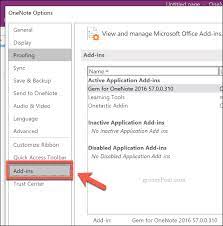How to Edit Your Website

Having a website is a great way to market your business or showcase your personal brand to the world. However, it is not enough to have a website; you must ensure that the site is regularly updated and maintained to keep up with changing trends and user needs. Editing your website is an integral part of keeping it relevant and updated. Here are some tips on how to edit your website.
1. Have a plan
Before you start making changes to your website, it is essential first to have a clear plan of what you want to achieve. Perhaps you want to update your portfolio, add new products or services, or improve the site’s navigation. Having a clear understanding of your goals will help you stay focused and make informed decisions during the editing process.
2. Use a content management system (CMS)
Using a CMS, such as WordPress or Joomla, makes it easy to edit your website without any technical knowledge. CMS allows you to update content, add new pages, and make changes to the layout and design of the site. A CMS also ensures that your site remains secure and up-to-date.
3. Make your site mobile-friendly
More people today are accessing websites via mobile devices. Therefore, your site needs to be responsive and optimized for mobile use. You should ensure that the site’s layout and design are optimized to fit on different screen sizes, and the font size is large enough for comfortable reading.
4. Improve your site’s navigation
One of the essential factors in making your website user-friendly is the ease of navigation. Users should be able to find what they are looking for quickly and easily. Make sure your site’s navigation menu is simple and organized. You should also ensure that important links are visible and easy to access.
5. Update your content
Keeping your website updated with fresh and relevant content is critical in keeping users engaged. You should regularly update your blog or news section with new articles related to your industry. Additionally, you should ensure that your product or service descriptions are accurate and up-to-date.
6. Optimize your images and videos
Images and videos can significantly impact a site’s loading speed. Therefore, it is essential to optimize them to ensure that they don’t slow down your site’s performance. You should also ensure that your images and videos are relevant and of good quality.
7. Make your site search engine friendly
Optimizing your site for search engines makes it easier for users to find your site when searching for relevant keywords. You can do this by optimizing your content with relevant keywords, adding meta tags and descriptions, and using proper header tags.
Editing your website is an ongoing process that requires constant attention. By following the tips above, you can keep your website updated and relevant, ultimately improving your overall online presence. Remember, your website is the first impression users have of your business, so it’s important to make it count.






